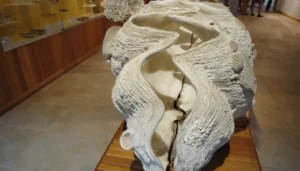
Hima: Conserving a Cultural Heritage
Basic biology. The giant clam is a member of the Phylum Mollusca and the Class Bivalvia. These clams have two shells (called “valves”) that are

Basic biology. The giant clam is a member of the Phylum Mollusca and the Class Bivalvia. These clams have two shells (called “valves”) that are
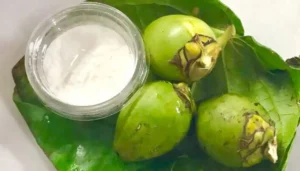
Betel nut use. Areca (Betel) nut is the seed of the palm known scientifically as Areca catechu. Betel nut is the fourth most widely used
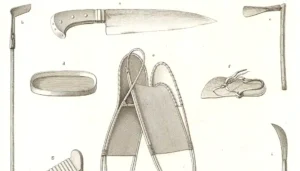
The matao fashioned the iron they acquired from trading with visiting ship crews into traditional tools, including punches, drills, fish hooks and adze blades. The

Between 1565 and 1665, Guam’s southwest coast received sporadic visits from Spanish vessels, including the first wreck of a trade galleon (San Pablo, 1568), as
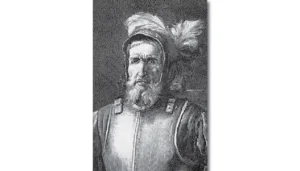
Members of the matao, the highest-ranking strata of Mariana Islands society in the 16th and 17th centuries, carried on the first sustained cultural interaction and

When French explorer Louis Claude de Freycinet visited Guam between March and June of 1819, he observed CHamorus capturing mañåhak or juvenile rabbitfish (Siganus spp.)

Ancient Chamorro/CHamoru people formed a matrilineal society and so inheritance and descent was through the mother’s family. Land was communal property that the clan used
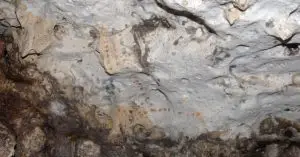
Freycinet also noted that an examination of CHamoru words and phrases supports the idea that the islanders were knowledgeable about astronomy and maritime arts. For

The term ko’lao yan fattoigue refers to the customary practice of bringing food to someone with whom you are visiting. Oftentimes, the visitor and the
Commonly translated as “children’s wealth,” guinahan famagu’on refers to a type of traditional turtle shell valuable, or ålas, used in the highly reciprocal lifestyle of